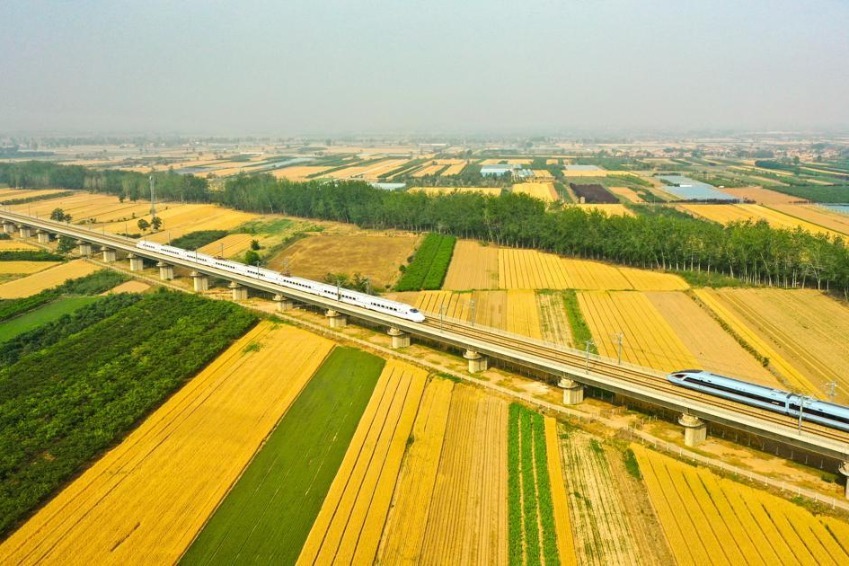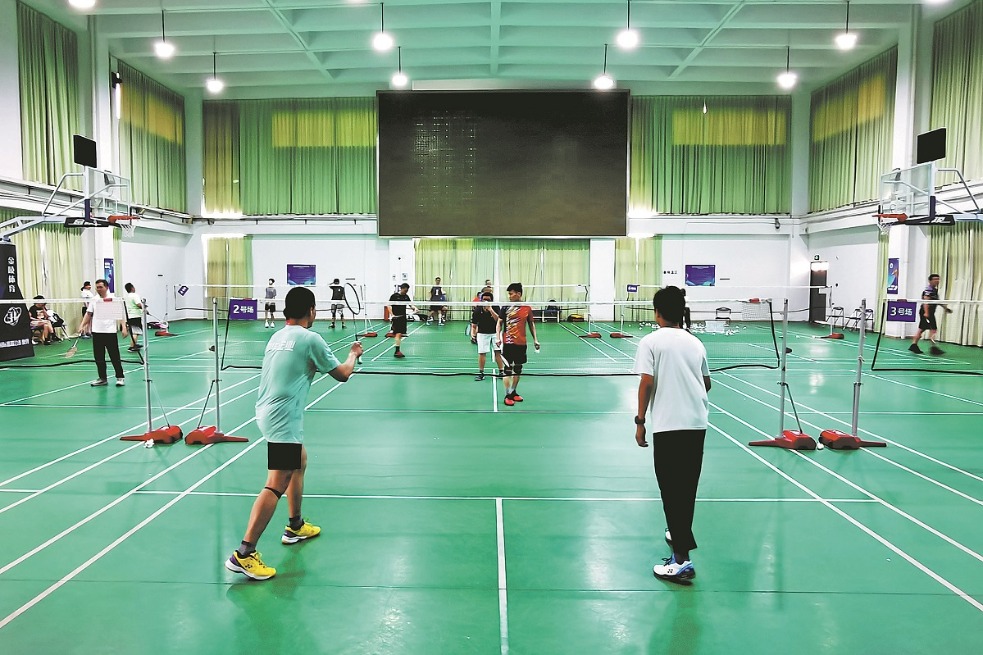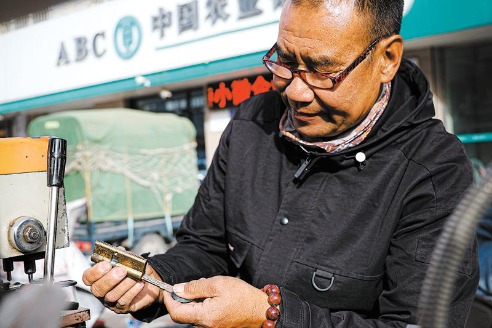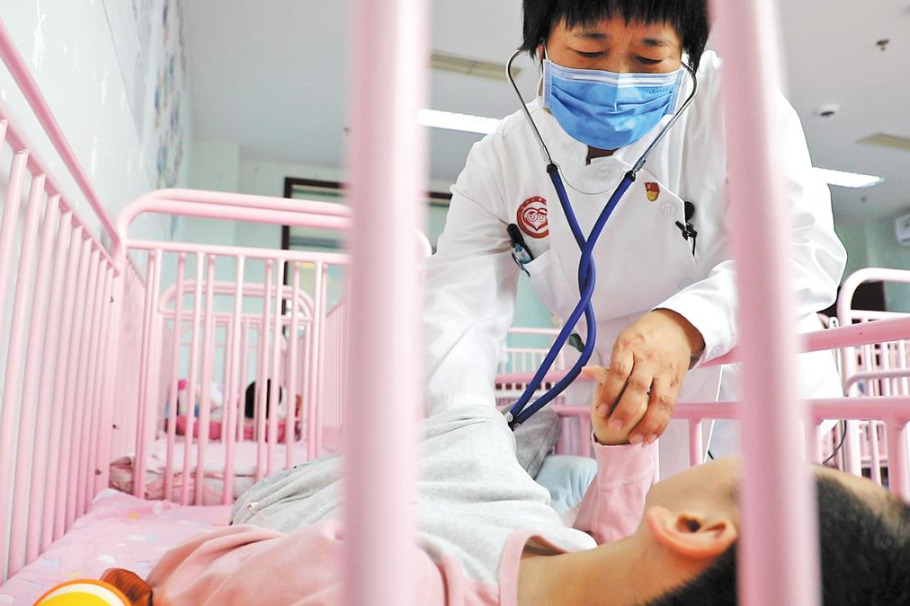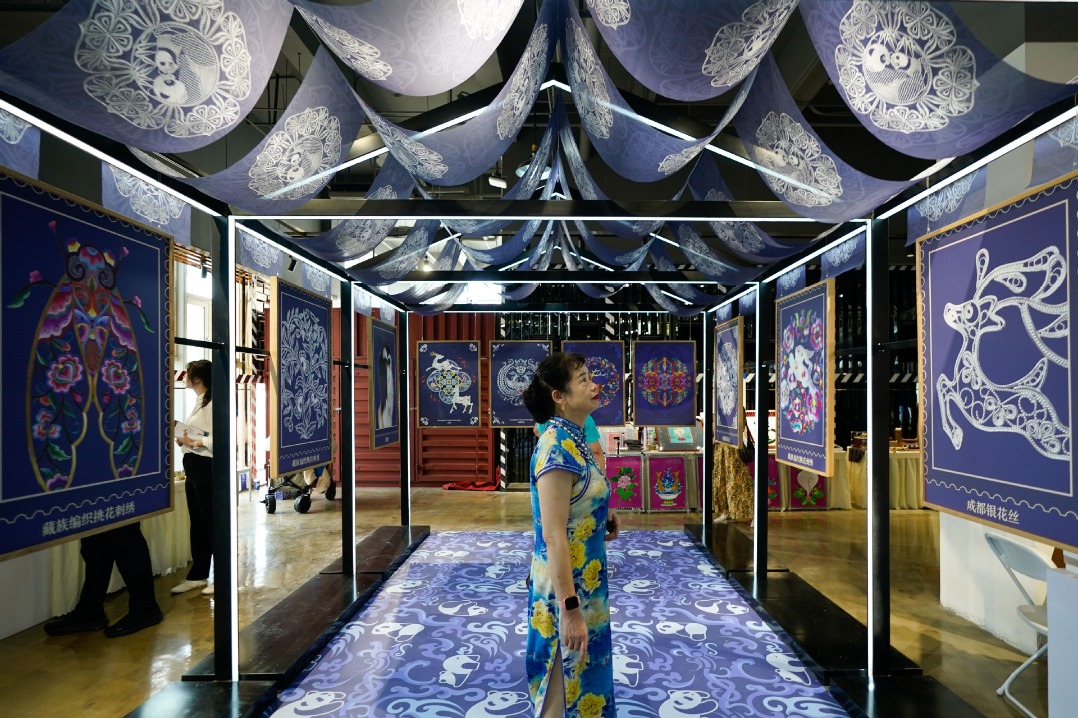Hutong life stands test of time in Beijing


Lost stories
Another courtyard, Shijia Hutong No 51, is better known as the former residence of prominent scholar and politician Zhang Shizhao (1881-1973). After he died, the courtyard was home to his daughter Zhang Hanzhi (1935-2008), late Chairman Mao Zedong's English-language tutor. Zhang's husband, Qiao Guanhua (1913-83), served as foreign minister.
Over the years, many stories about Shijia Hutong have been lost, but the source of its name is a subject for keen debate.
According to the museum, the name dates to the Shi family in the Ming Dynasty (1368-1644). Other claims state that it can be traced to Shi Kefa (1601-45), a well-known official.
Two eucalyptus trees planted more than four decades ago in the courtyard, where the Shijia Hutong Kindergarten was based from 1958 to 2002, stand immediately inside the museum's north entrance.
A total of 50 doorways to traditional courtyards are on display at the museum. According to Liu, the deputy director, they indicate a homeowner's position, such as government official, businessman or intellectual.
Other displays highlight the numerous residents of Shijia Hutong, both individuals and organizations, including a foreigner, Count Ahlefeldt, who established the Danish legation in Shijia Hutong in 1920.
One of the museum's most distinctive features is "Sounds of the Hutong," situated to the rear of the display area.
Entering what appears to be a small recording studio, visitors experience the sounds of traditional hutong life, including birds tweeting from trees or cages and the distinctive cries of street snack sellers and knife sharpeners.
Beijing's downtown hutong were mostly constructed in the 13th century, when the city became the imperial capital during the Yuan Dynasty (1271-1368).


















